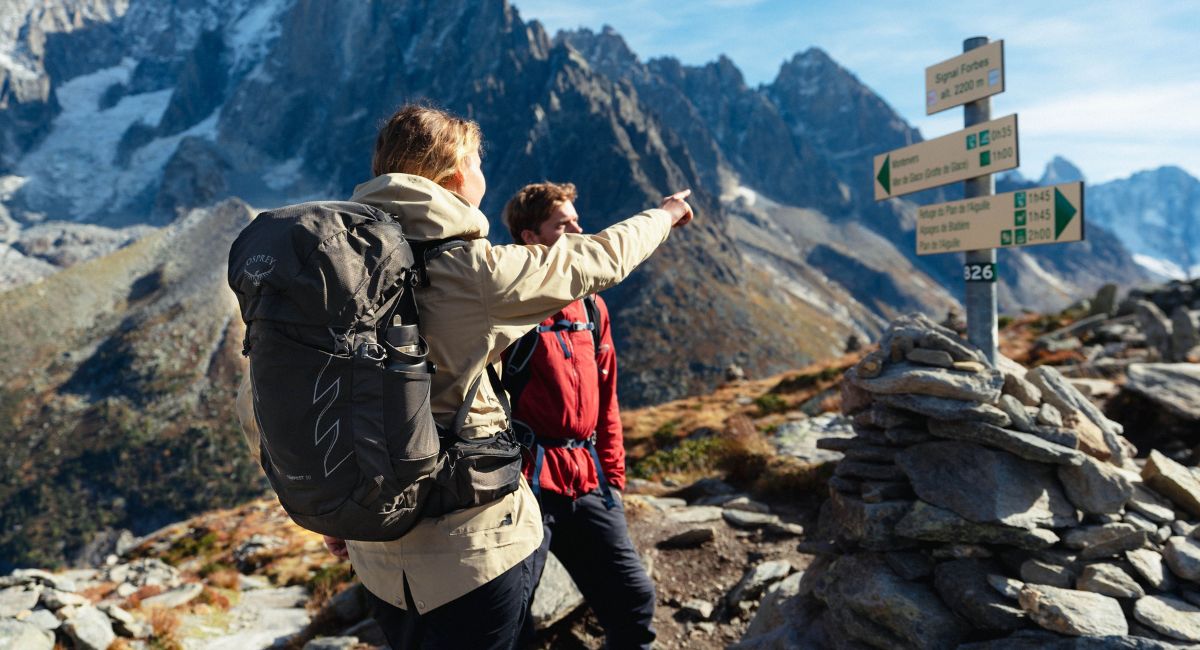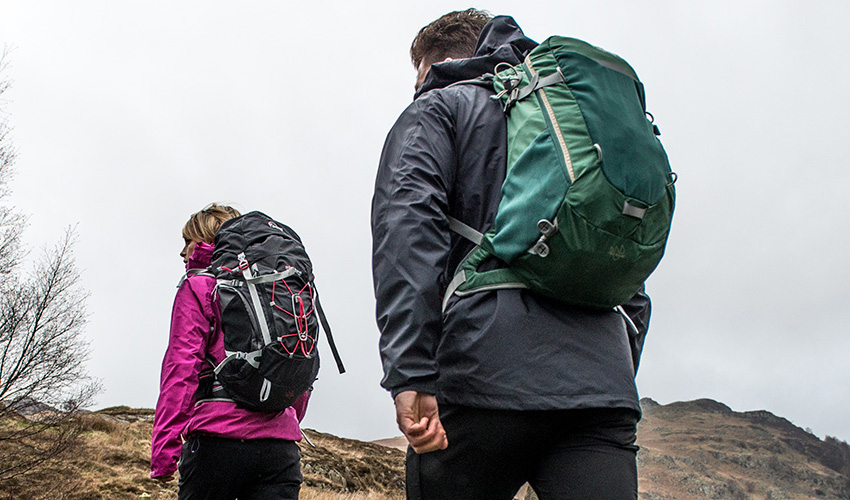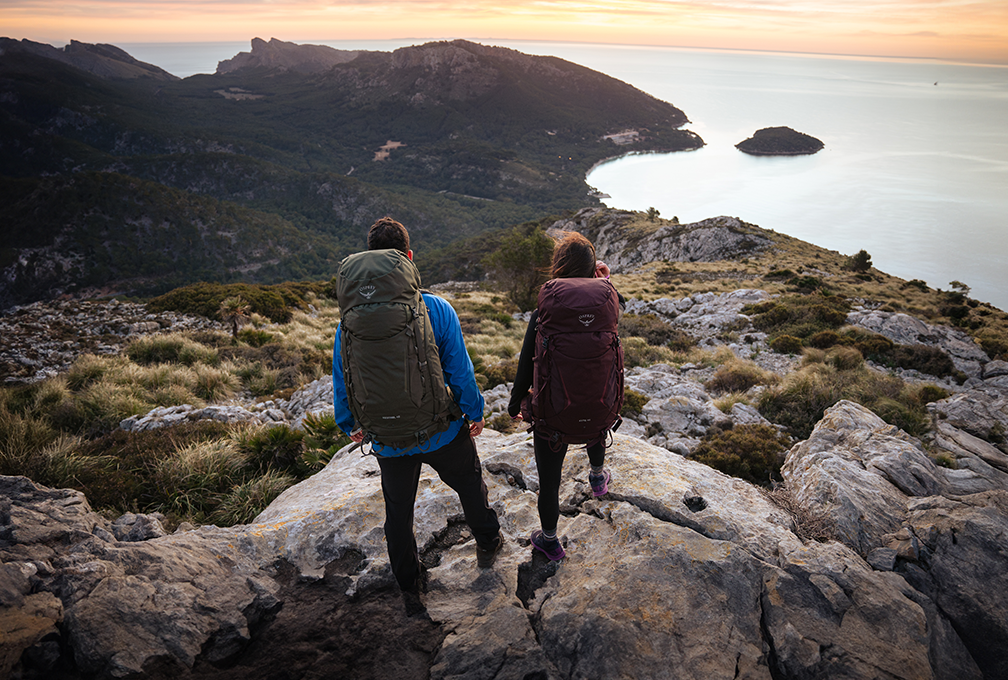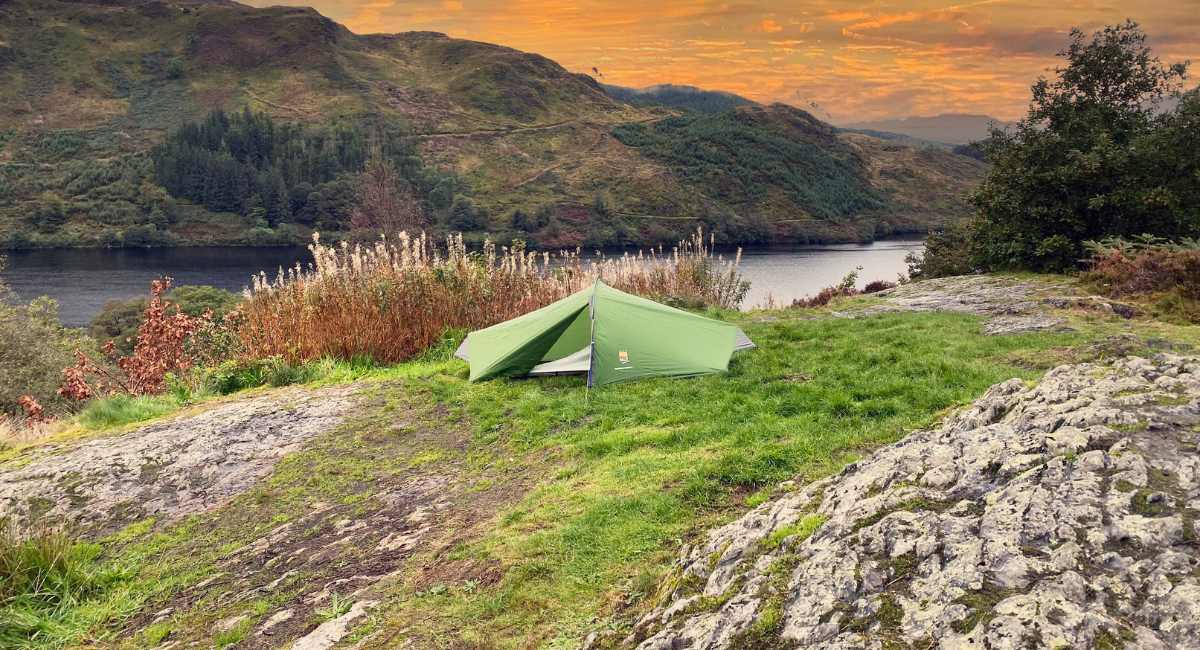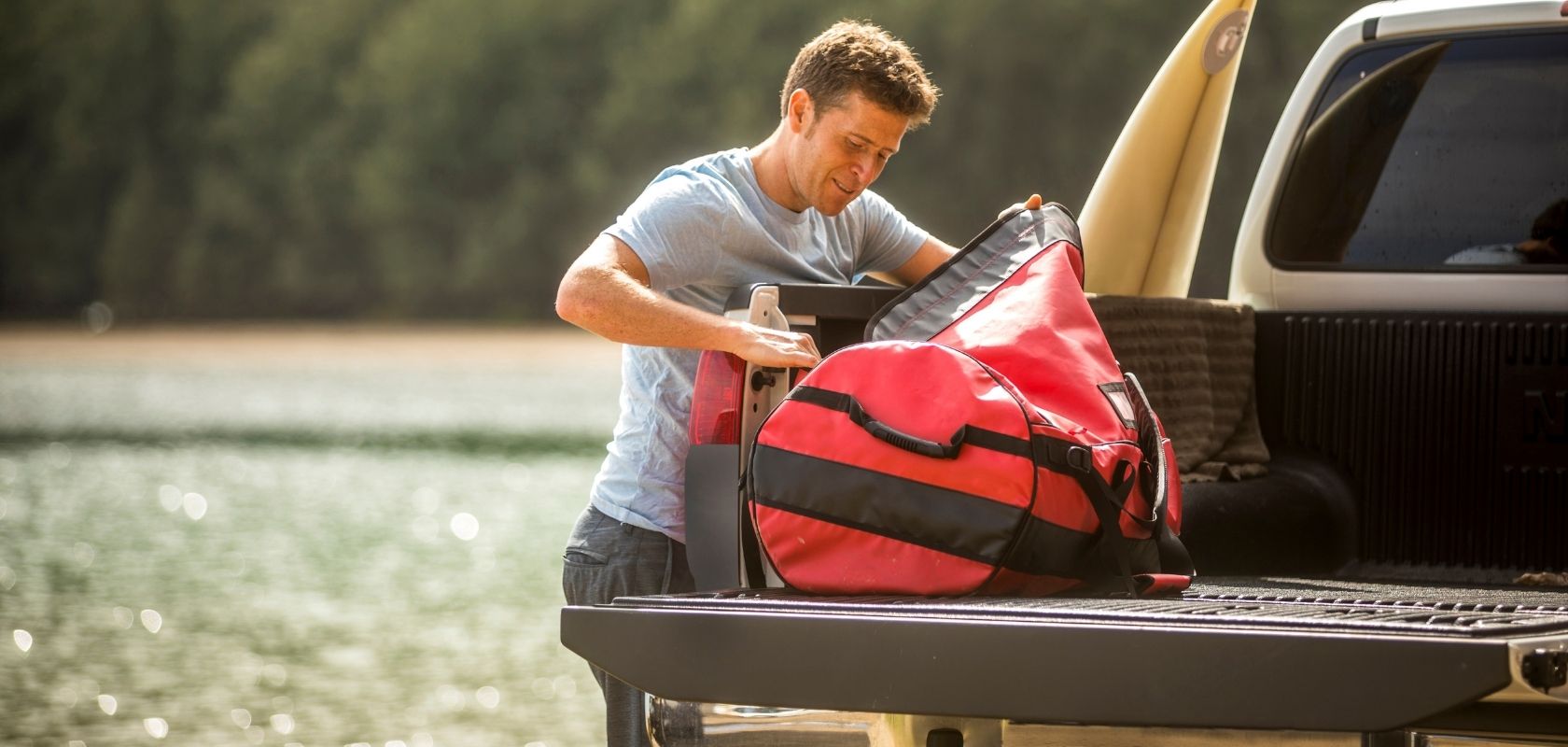How to Pack a Rucksack
Expert Guide for Hikers, Travellers, and Outdoor Enthusiasts
Packing a rucksack is something of an art form. Whether you’re heading out for a day hike in the Lake District, tackling the Pennine Way, or planning a multi-day trek in the Alps, knowing how to pack your rucksack properly can make all the difference. A well-packed rucksack feels lighter, keeps your kit dry and accessible, and helps you stay balanced and comfortable on the trail.
In this guide, we’ll walk you through everything you need to know: from choosing the right rucksack and understanding weight distribution, to technical packing tips, waterproofing, and answers to the most commonly asked questions. Once you’ve found the perfect rucksack for you by checking out our Rucksack Buying Guide, spending some time making sure that you’ve packed your bag properly will make your trip all the more enjoyable.
Choosing the Right Rucksack
Before you even start packing, it’s important to pick the right rucksack for your adventure.
Rucksack Size & Capacity
- Day Hikes → 20–35 litres (think lightweight, minimal kit)
- Weekend Trips → 40–60 litres (room for sleeping bag, stove, extra clothing)
- Expeditions → 65+ litres (for winter or multi-day treks)
Tip: Don’t overpack! A bigger rucksack doesn’t mean you should fill every inch. Aim to keep your load as light as possible.
Fit & Features
- Back Length → Adjustable back systems help fit your torso length.
- Hip Belt → Should sit comfortably on your hips, transferring most of the weight off your shoulders.
- Ventilation → Look for mesh or suspended back systems to reduce sweat.
- Access Points → Top, front, and side access make it easier to reach your gear.
- Hydration System → Many packs now feature hydration bladder sleeves and hose ports.
How to Pack a Rucksack: Step-by-Step Guide
Organising Your Kit
Before you start stuffing things in, lay out all your kit. Group items by type and frequency of use:
- Frequent Access → Snacks, water, waterproofs, map, headtorch
- Occasional Use → Spare clothes, stove, food
- Rare Access → Sleeping bag, spare socks, first aid kit
Pro tip: Use dry bags or packing cubes to keep your kit organised and dry. Colour-code them for quick identification.
Weight Distribution
How you distribute weight in your rucksack affects your balance, posture, and comfort.
- Heaviest items (e.g. food, stove, tent) should be packed close to your back, between your shoulder blades. This keeps your centre of gravity stable.
- Lighter items (e.g. sleeping bag, clothes) go at the bottom and around the sides.
- Frequently used items (e.g. waterproofs, snacks) go at the top or in external pockets.
Biomechanical tip → A well-packed rucksack should not pull you backwards or force you to lean forward excessively. If you feel off-balance, repack!
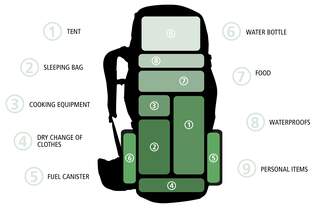
Layering for Accessibility
Think of your rucksack in layers:
- Bottom Layer → Sleeping bag, mat, nightwear – things you won’t need until camp.
- Middle Layer → Heavier items – tent, stove, food, cooking kit.
- Top Layer → Waterproofs, insulated jacket, first aid kit, snacks.
- External Pockets → Map, compass, headtorch, gloves, hat, water bottle.
Quick-access tip → Keep your waterproof jacket near the top or in a side pocket – UK weather changes fast!
Compression & Stability
- Tighten compression straps to keep your load stable and close to your back.
- Roll clothes instead of folding to save space and reduce creasing.
- Fill gaps with soft items (like spare socks) to prevent kit from shifting.
Advanced tip → Use the rucksack’s internal divider (if it has one) to separate wet and dry gear, or day and night kit.
Waterproofing Your Kit
- Use a rucksack liner → Heavy-duty dry bags or purpose-made pack liners are more reliable than rain covers alone.
- Double-bag essentials → Electronics, first aid kit, and spare clothes should each go in their own dry bag.
- External rain cover → Useful for heavy downpours, but can blow off in strong winds – always use a liner as well.
Pro tip → Pack your sleeping bag in a waterproof compression sack – there’s nothing worse than a soggy sleeping bag at the end of a long day.
What to Pack: Essential Kit List
Here’s a quick checklist of essentials for a typical hiking adventure:
- Waterproof jacket & trousers
- Insulating layers (fleece, down jacket)
- Spare base layers & socks
- Hat & gloves (even in summer, weather can change fast)
- Food & snacks
- Water bottles or hydration bladder (aim for 2 litres minimum)
- First aid kit
- Map, compass, GPS
- Headtorch & spare batteries
- Emergency shelter or bivvy
- Sleeping bag & mat (for overnight trips)
- Stove & fuel (if cooking)
- Personal items (sun cream, insect repellent, toiletries)
FAQs
Use a combination of a waterproof liner inside your pack and a rain cover on the outside. Double-bag electronics and clothes for extra protection.
Aim for no more than 20–25% of your body weight. For most adults, that’s 10–15kg for a multi-day hike.
Prioritise lightweight gear, keep your sleeping system dry, and pack your tent or shelter where it’s easy to reach if you need to pitch quickly.
Use colour-coded dry bags, keep essentials in the lid or hip belt pockets, and always pack your waterproofs near the top.
Absolutely! Many hiking rucksacks are perfect for travel – just be mindful of airline size restrictions and avoid hanging gear on the outside.
Related articles

Let us know you agree to cookies
We use marketing, analytical and functional cookies as well as similar technologies to give you the best experience. Third parties, including social media platforms, often place tracking cookies on our site to show you personalised adverts outside of our website.
We store your cookie preferences for two years and you can edit your preferences via ‘manage cookies’ or through the cookie policy at the bottom of every page. For more information, please see our cookie policy.
